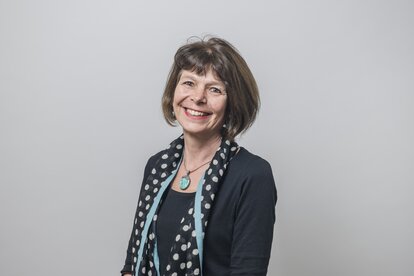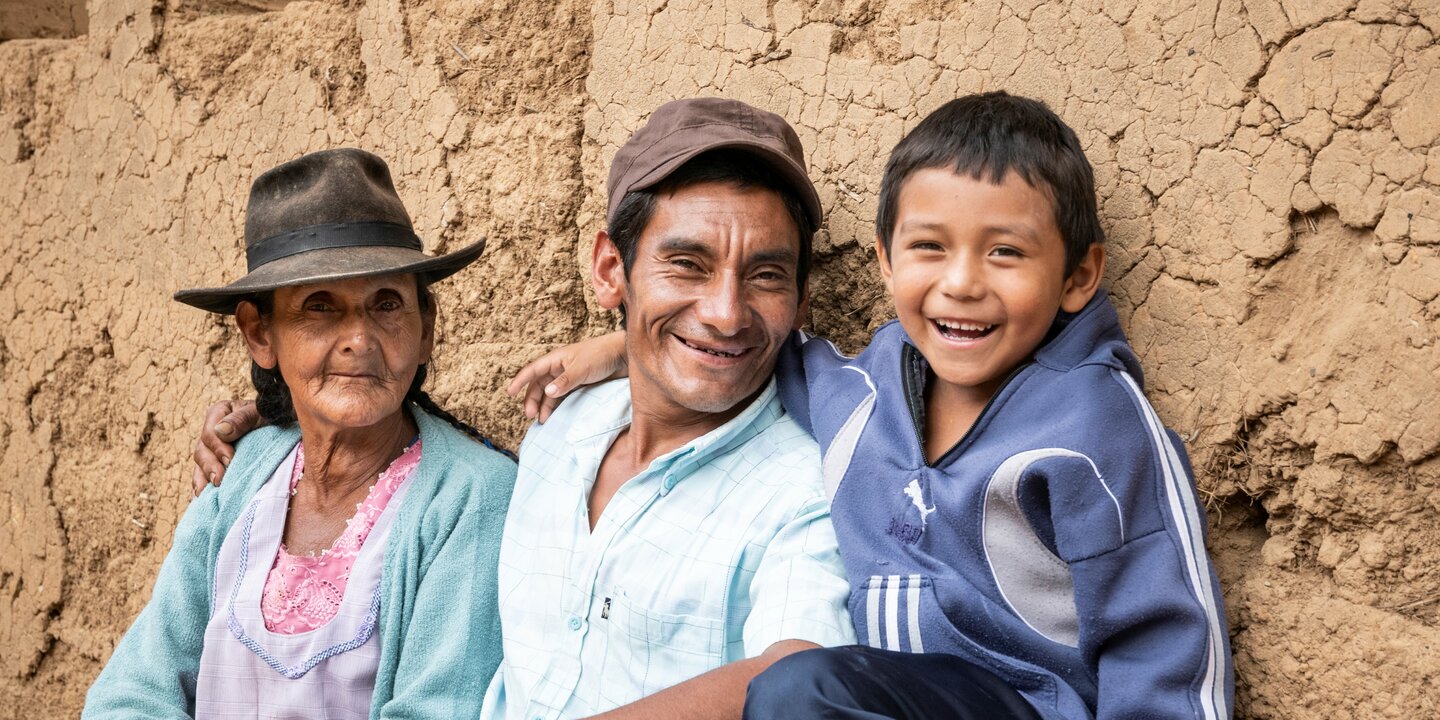Through a research grant from ReCAP (Research for Community Access Partnership), a team of Helvetas staff led by Deputy Country Programme Director Mona Sherpa recently investigated the extent to which the Nepal government’s trail bridge programme contributes to transforming gender relations. This is a lot more interesting and significant than the casual reader might first assume, partly because of the importance of trail bridges in rural Nepal, and partly because of the added impetus given to demands for gender equality by Nepal’s new constitution (2015). There are over 6,500 trail bridges in the country, linking remote communities to schools, health centres and markets. On average 350 are still being constructed every year. The majority of technical support for this programme is provided through the Trail Bridge Support Unit (TBSU), implemented by HELVETAS and funded by the Swiss Agency for Cooperation and Development (SDC).
A community approach to bridge building
A community approach is used in roughly 90% of all trail bridges built in Nepal (those with a “short” span of under 120 m). Under this approach, the future bridge users are organised into a user group with a user committee. Current government guidelines require that user committees should comprise at minimum 40% women, with at least one individual from a discriminated group, ideally a woman, in an executive function (secretary, treasurer or chair). Furthermore, priority should be given to women and discriminated groups in wage labour opportunities during construction and maintenance work, with equal pay for equal work being mandatory.
A qualitative study
The ReCAP-funded study covered nine short span trail bridges (and one long one), selected to cover different sites conditions and user committee compositions. Information was collected through focus group discussions and in-depth interviews with local women and other key informants (government officials, local NGO and project staff). Although the ReCAP study was relatively “quick and simple”, it could draw on the long experience of TBSU staff as well as consultations with national level stakeholders. Comment follows on just one of the findings.
Numbers do not tell the (whole) story
The team broadly expected user committees with a higher percentage of women to have a higher degree of women’s engagement and influence. However, almost the opposite was the case. Women-only committees were found to be sometimes manipulated “behind the scenes”, with decisions merely ratified by the women office bearers. By contrast, one of the user committees with the lowest presence of women reported the most inclusive decision-making. This was the Nayabasti bridge user committee in Arghakhachi district, which only had 27% women’s representation – well below the government minimum. Here the treasurer, Chandrawati Kumal, claimed that she was always given adequate notice of meetings, allowing her to arrange her domestic chores; that other male users’ committee members listened to her views; and that she was able to influence decisions – notably in prioritising labour opportunities for single women during the construction. Furthermore, “There were times when I had to travel to Sandikharka, the district headquarters, for official business with other male members of the users’ committee and I was apprehensive about how this would be viewed by my joint family and in-laws. However, they never complained.” It was this family support that was crucial. Indeed, the same was reported by everyone else interviewed. Having a supportive husband – especially one who was prepared to undertake a share of domestic duties in order to help his wife – made all the difference to women being able to participate effectively.
Working with men in addressing women’s unpaid care responsibilities
In truth, the need to recognise and address women’s unpaid care work is not a surprising finding. Nevertheless, it is important to highlight, given that it is so often not considered. The research team concluded that quotas for women do send a strong message, and are recognised as such. They should not only be upheld, but increased to truly equal representation, ie. 50% women and 50% men. This would bring the programme in line with the new constitution, which upholds the right of women to participate in all state structures and bodies on the principle of proportional inclusion. Beyond this, women clearly need pro-active support to allow them to participate effectively in community activities. Partly this entails training, which is already provided in some cases, but could be increased. More importantly, it requires working with men: recognising, discussing, and finding solutions to women’s heavy domestic work burden. Such solutions might include community-monitored agreements by male family members to help with household chores; organised childcare provision; or simply careful planning of the timing and duration of meetings. The local NGOs that are required to provide technical and social support for community-based bridge construction would be well placed to ensure this, and could in future be required to do so.
For those interested in reading more, a recent article in the Nepali Times nicely describes the work of Helvetas in post-earthquake bridge-building.



